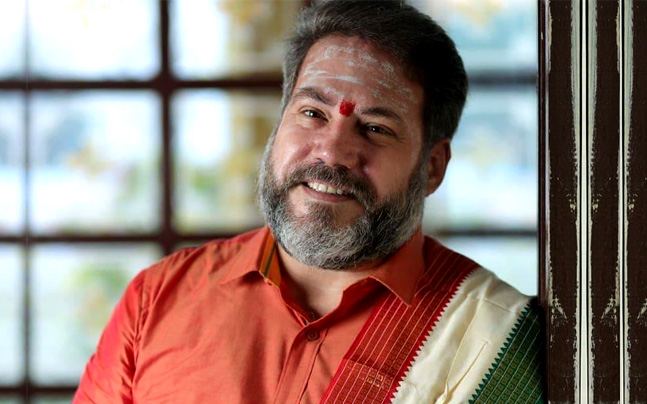Yoga Vidya Niketan (YVN), Member Institute of Indian Yoga Association successfully conducted its annual one-month Yoga Summer Course from May 1 to May 31, 2024. The course ran for one and a half hours daily across 41 physical centers around Mumbai and Navi Mumbai, extending…
Animals just react. This is called their instinctive reactivity. It is at the level of the old brain, the reptilian and mammalian complexes.
We humans, endowed with consciousness, should have the ability to respond-that is responsibility. This is part of the neo-cortex, the human complex in the brain.
The ability to respond, think and execute — cuts the spinal cord mentality of reactivity out of an individual through the living of the pancha yama and enhances the conscious responsibility through the pancha niyama.
For this, a gap, the gap of vairagya, or dispassionate, non-attachment is required. This is the objectivity needed for modern science as well as the ancient art and science of Yoga too.
Attachment limits our objectivity as our perspective and vision gets limited, thus “missing the woods for the trees”. Objectivity about our subjective experiences is what the Yogic science is all about.
It is often said that the gap of taking a deep breath and counting up to ten helps us to control our reactivity. This is actually the gap in which the stimulus gets an opportunity to travel upwards.. to the neo-cortex… and in fact while this is happening, the individual is able to elevate themselves to a higher altitude, and are hence blessed with an expanded vision, that further helps in detaching… and then they are able to consciously respond as per the need of the moment.
Both Yogeshwar Sri Krishna as well as Maharishi Patanjali tell us that abhyasa and vairagya are the premier tools to control the turbulent, restless, whirlpool-like mind. Vairagya is essential for us to live the pancha yama while abhyasa enables us to follow the pancha niyama.
Yoga views attachment or the flow towards that which attracts us, chanuraga as an important obstacle or hindrance that needs to be overcome for realizing higher sadhana. Yoga aims at an inner journey and attachment is surely the anchor that keeps us bound to the external world and prevents us from going within ourselves.
Most of our physical and mental as well as emotional problems stem from the five psychological afflictions (pancha kleshas). Ignorance (avidya) is usually the start of most problems along with the ego (asmita). Then, our sense of needing to survive at any cost (abhinivesha) compounds it further.
Abinivesha can be said to be the ultimate in attachment towards the physical body and physical plane that wants to keep us alive in this plane at any cost. Both the attraction (raaga) to external objects and the repulsion (dwesha) to them need to be destroyed in order to attain tranquility and equanimity of mind.
It is pertinent to understand the dictates of the Bhagavad Gita where many thousands of years ago, Yogeswar Krishna taught us about the effect of stress on man and how through our attraction to worldly sensory objects we cause our own destruction.
The description of the ‘Path to Destruction’ as mentioned in the Bhagavad Gita holds true to this modern age also.
In chapter Two (Samkya Yoga), in verse 62 and 63, the pattern of behavior (stress response) is given which ultimately leads to the destruction of man. Verse 62: “Brooding on the objects of the senses, man develops attachment to them. From attachment (sanga) comes excessive desire (kama) and from this unsatisfied desire, rage (krodha) sprouts forth.” Verse 63: “From anger proceeds delusion (moha); from delusion, confused memory (smriti vibramah); from confused memory the ruin of reason (buddhi naasha) and due to the ruin of reason he perishes.”
In verse 64 of the second chapter, Lord Krishna also gives us a clue to equanimity of mind (samatvam) and how to become a person settled in that equanimity (sthitha prajna) who is not affected by the opposites (dwandwas). He says, “But the disciplined Yogi, moving amongst the sensory objects with all senses under control and free from attraction (raaga) and aversion (dwesha), gains in tranquility.”
Both the Bhagavad Gita as well as the Yoga Sutras emphasize that the key to success in Yoga (chitta vritti nirodha) is abhyasa (dedicated practice) and vairagya (non attachment-dispassion).
Attachment is usually towards the objects of the senses and that which attracts us. Until and unless we can go beyond the senses, there is no real Yoga possible at all. This is because our senses are great liars and mainly feed us information about the unreal world and not the inner reality.
The path is clear, but the effort is up to us, and us alone.
Dr Ananda Balayogi Bhavanani
(Editor)
















